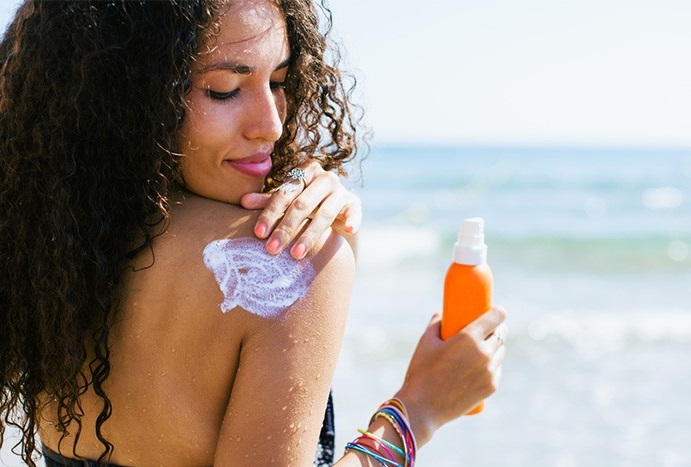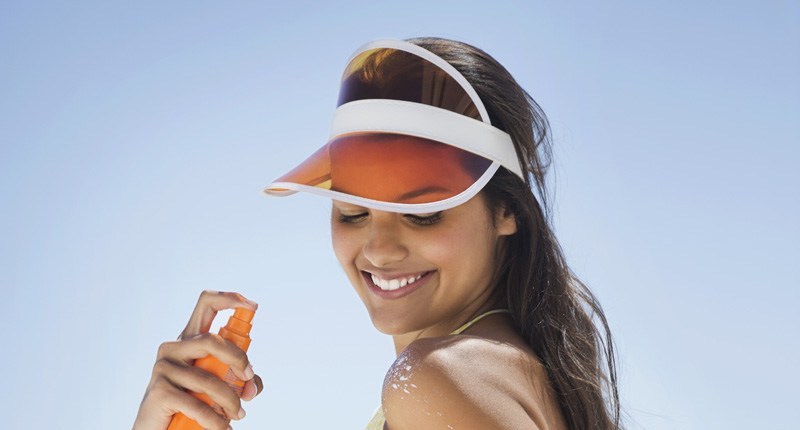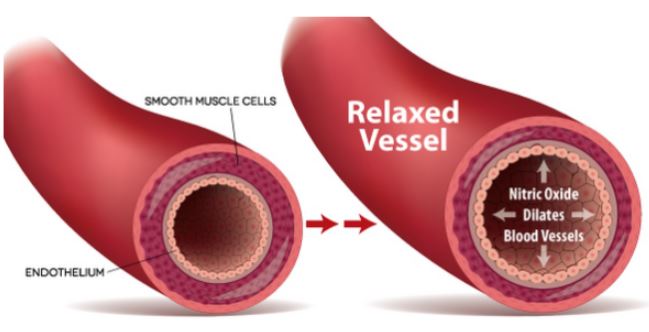Sunscreen use could lead to better blood vessel health
Sunscreen protects the skin’s blood vessel function from harmful ultraviolet radiation exposure by protecting dilation of the blood vessels. Perspiration on the skin may also provide protection to the skin’s blood vessels from sun damage, a recent study has suggested.

Washington DC: Sunscreen protects the skin’s blood vessel function from harmful ultraviolet radiation (UVR) exposure by protecting dilation of the blood vessels. Perspiration on the skin may also provide protection to the skin’s blood vessels from sun damage, a recent study has suggested.
UVR from the sun has been well-documented as a contributing factor to skin cancer and premature skin aging. UVR has also been found to reduce nitric oxide-associated dilation of skin blood vessels (vasodilation) by reducing the amount of nitric oxide available in the skin. Nitric oxide is a compound essential for blood vessel health. Vasodilation of the skin’s blood vessels plays an important role in regulating body temperature and responding to heat stress, both locally in the skin and throughout the body.
Also Read: Vitamin D deficiency? Stop using sunscreens

The findings were discussed in the Experimental Biology 2019 meeting. Researchers from Pennsylvania State University studied the effect of UVR exposure with sunscreen or sweat on nitric oxide’s ability to promote vasodilation of skin blood vessels. Healthy young adults with light-to-medium skin tone were exposed to UVR on one arm while the other arm served as a control and did not receive UVR treatment. The dosage of UVR was roughly equivalent of spending an hour outside on a sunny day, but without the reddening of sunburn. Three sites on the UVR-exposed arm of each participant were randomly assigned one of three treatments:
Also Read |
Health Tip: Sunscreens can better protect skin with potent antioxidants
Also Read: Vitamin D can help soothe sun-ravaged skin
1. One site received UVR only,
2. A second site received UVR with a chemical sunscreen on the skin, and
3. A third site received UVR with simulated sweat on the skin.
The UVR-only site was found to have less nitric oxide-associated vasodilation than in the control arm. However, the sunscreen- and sweat-treated sites did not show these reductions in nitric oxide-associated vasodilation.
Also Read |
Haldi for healthy eyes!
“Further, when sunscreen was applied prior to UVR, UVR exposure actually augmented [nitric oxide-associated vasodilation] compared to [the control arm], or when sweat was on the skin. The presence of sunscreen or sweat on the skin may play a protective role against this effect [of UVR],” the research team wrote.
“For those who spend a lot of time working, exercising or participating in other various activities outdoors, using sunscreen may protect not only against skin cancer but also against reductions in skin vascular function,” wrote S. Tony Wolf, MA, first author of the study. (ANI)
 Dynamite News
Dynamite News 
